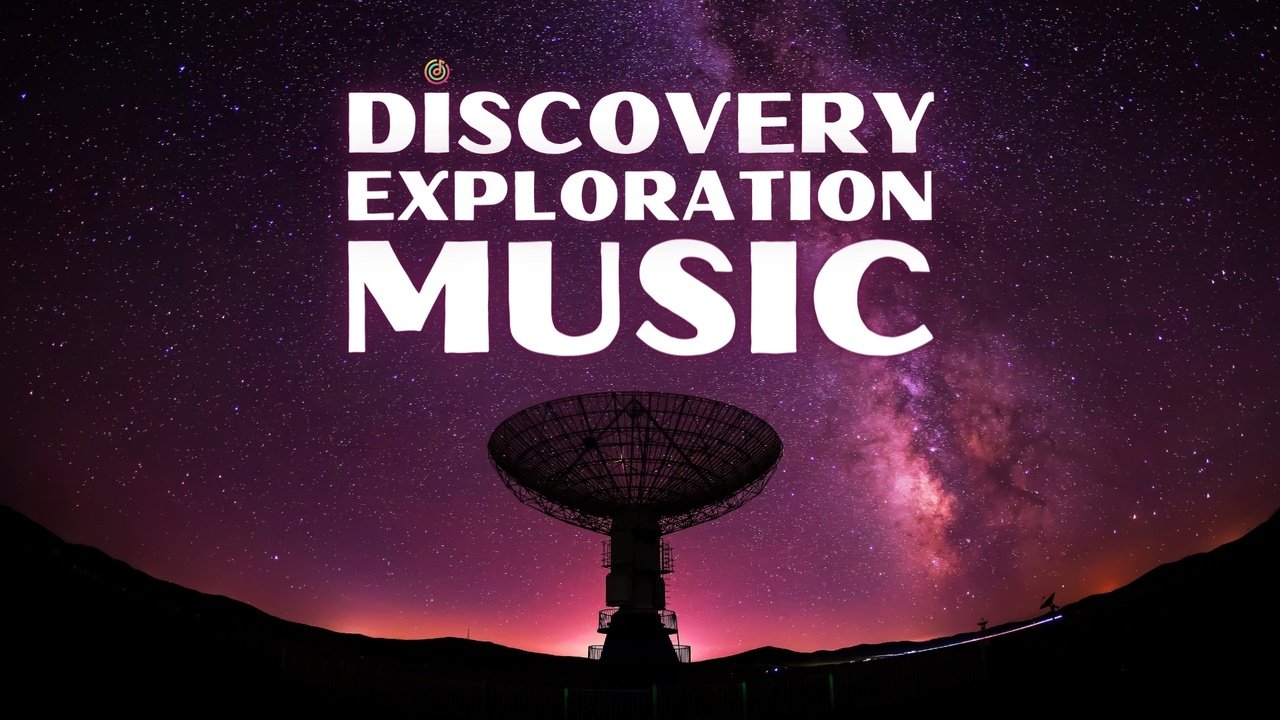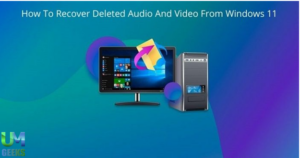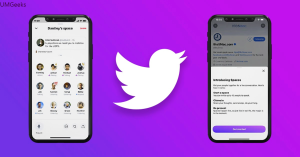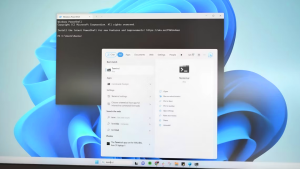Music lovers today have unprecedented access to millions of songs through free music streaming sites, revolutionizing how we discover and enjoy our favorite tunes. These platforms have democratized music consumption, allowing anyone with an internet connection to access vast libraries without paying subscription fees. From established giants like Spotify’s free tier to specialized platforms focusing on independent artists, free music streaming sites cater to diverse musical tastes and preferences.
The landscape of free music streaming has evolved dramatically over the past decade. What started as a simple alternative to paid services has grown into a sophisticated ecosystem offering high-quality audio, personalized recommendations, and social features. Whether you’re a casual listener or a music enthusiast, understanding the options available among free music streaming sites can enhance your listening experience while keeping your wallet happy.
Top Free Music Streaming Sites Worth Exploring
Spotify Free
Spotify’s free tier remains one of the most popular free music streaming sites globally, offering access to over 70 million songs. While advertisements interrupt the listening experience every few tracks, users enjoy the same vast catalog available to premium subscribers. The platform’s algorithm-driven playlists, like Discover Weekly and Release Radar, make music discovery effortless.
The shuffle-only limitation on mobile devices can be restrictive, but desktop users enjoy more control over their listening experience. Spotify’s social features allow users to share playlists and see what friends are listening to, creating a community-driven music discovery environment.
YouTube Music Free
Google’s YouTube Music leverages the massive video platform’s music content, making it one of the most comprehensive free music streaming sites available. Users can access official releases, live performances, covers, and rare tracks that might not exist on other platforms.
The service offers background play on mobile devices even with the free tier, though advertisements appear between songs. The integration with regular YouTube means access to music videos, concert footage, and user-generated content creating a unique multimedia experience.
Pandora Radio
Pandora pioneered the Internet radio concept and remains relevant among free music streaming sites today. The Music Genome Project powers personalized radio stations based on musical characteristics rather than simple genre classifications. This scientific approach to music curation often introduces listeners to artists they might never have discovered otherwise. The radio-style format means less control over specific song selections, but the discovery potential is exceptional. Pandora’s free tier includes advertisements but offers higher audio quality than many competitors.
SoundCloud
SoundCloud occupies a unique position among free music streaming sites by focusing heavily on independent artists and user-generated content. The platform serves as both a streaming service and a launching pad for emerging musicians. Users can discover unreleased tracks, remixes, and experimental music not available elsewhere.
The comment system allows real-time feedback on specific moments in tracks, creating an interactive listening experience. While mainstream music selection may be limited compared to other platforms, SoundCloud excels in offering fresh, undiscovered content.
How to Choose the Right Free Music Streaming Platform
Assess Your Music Preferences
Understanding your musical tastes is crucial when selecting from available free music streaming sites. If you primarily listen to mainstream pop, rock, or hip-hop, platforms like Spotify Free or YouTube Music offer extensive catalogs of popular artists. However, if you prefer indie music, underground hip-hop, or electronic music, SoundCloud might better serve your needs. Consider whether you value music discovery or prefer listening to familiar favorites. Some platforms excel at introducing new music through algorithmic recommendations, while others focus on providing easy access to known quantities.
Evaluate Audio Quality
Audio quality varies significantly among free music streaming sites. Most platforms offer audio between 128-320 kbps, with premium tiers providing higher quality options. For casual listening through smartphone speakers or basic earbuds, these differences may be negligible. However, audiophiles using high-quality headphones or speakers will notice substantial differences. Test different platforms with the same song using your preferred listening equipment to determine which offers acceptable audio quality for your needs.
Consider Device Compatibility
Different free music streaming sites offer varying levels of functionality across devices. Some platforms restrict certain features to desktop use, while others limit mobile functionality unless users upgrade to premium subscriptions. Evaluate how and where you primarily listen to music to choose the most compatible platform.
Smart speaker integration, car compatibility, and cross-device synchronization capabilities vary between services. Users heavily invested in specific ecosystems (Apple, Google, Amazon) should consider how well different streaming services integrate with their existing devices.
Also Read: 5 Best Investment Apps for a Millennial Lifestyle Success
Legal Considerations for Free Music Streaming
Understanding Licensing Agreements
Legitimate free music streaming sites operate under complex licensing agreements with record labels and music publishers. These legal frameworks ensure artists receive compensation for their work, even when listeners access content for free. Advertisement revenue and data collection typically fund these licensing fees. Users should prioritize platforms that maintain proper licensing to support the music industry and avoid legal complications. Unlicensed streaming sites may offer broader catalogs or no advertisements, but they harm artists and expose users to potential legal issues.
Supporting Artists Through Free Platforms
While free music streaming sites generate less revenue per stream than paid alternatives, they still provide valuable exposure and some compensation to artists. Many musicians view free streaming as a marketing tool that can lead to concert attendance, merchandise sales, and eventually premium streaming subscriptions. Users can further support their favorite artists by sharing their music on social media, attending live performances, and purchasing merchandise. Some platforms offer direct tipping or fan funding features that allow additional artist support.
Data Privacy and User Rights
Free music streaming sites often monetize user data to provide targeted advertisements and improve recommendation algorithms. Understanding privacy policies and data usage practices helps users make informed decisions about which platforms to use. Most legitimate streaming services allow users to control data-sharing preferences and provide transparency about information collection practices. Users should review these settings regularly and understand what data they’re exchanging for free music access.
Essential Features to Look for in Free Music Streaming Services
Playlist Creation and Management
Robust playlist functionality separates excellent free music streaming sites from mediocre alternatives. Look for platforms that allow unlimited playlist creation, easy song organization, and collaborative playlist features. The ability to download playlists for offline listening (even with limitations) adds significant value. Some services offer smart playlist features that automatically update based on listening habits or specific criteria. These dynamic playlists can help maintain fresh listening experiences without manual curation.
Music Discovery Tools

Effective recommendation engines distinguish the best free music streaming sites from simple music libraries. Platforms utilizing machine learning algorithms, human curation, or hybrid approaches often provide superior music discovery experiences. Features like daily mix playlists, radio stations based on specific songs or artists, and trending music sections help users expand their musical horizons. Social discovery features showing what friends or similar users are listening to can also reveal new favorites.
Social Integration Features
Modern free music streaming sites increasingly emphasize social connectivity, allowing users to share discoveries, create collaborative playlists, and see friends’ listening activity. These features transform solitary listening into a shared experience and provide additional discovery opportunities. Privacy controls should allow users to limit social sharing when desired while still benefiting from community-driven discovery features when they choose to participate.
Cross-Platform Synchronization
Seamless synchronization across devices ensures a consistent experience whether listening on smartphones, computers, tablets, or smart speakers. The best free music streaming sites maintain listening history, playlist data, and user preferences across all devices. Consider how well different platforms integrate with your existing technology ecosystem and whether they support all devices you regularly use for music listening.
The Business Models Behind Free Streaming
Advertisement-Supported Models
Most free music streaming sites rely primarily on advertising revenue to support operations and artist payments. This model provides free access to vast music libraries in exchange for accepting periodic advertisements between songs or during natural pauses. Advertisement frequency and intrusiveness vary significantly between platforms. Some services offer relatively unobtrusive banner ads, while others feature lengthy video advertisements that interrupt the listening flow. Understanding these trade-offs helps set appropriate expectations for free streaming experiences.
Freemium Service Strategies
Many free music streaming sites operate freemium models designed to convert free users to paid subscribers over time. Free tiers often include limitations like lower audio quality, restricted skips, or shuffle-only mobile access that encourage premium upgrades. These limitations shouldn’t necessarily disqualify otherwise excellent free services, but users should understand the upgrade path and premium feature benefits when evaluating long-term platform viability.
Data Monetization Approaches
User data represents a valuable revenue stream for free music streaming sites. Listening habits, demographic information, and preference data enable targeted advertising and can be anonymized and sold to third parties for market research purposes. Responsible platforms provide clear information about data usage and offer users control over their privacy settings. Understanding these practices helps users make informed decisions about acceptable trade-offs for free music access.
The Future Landscape of Free Music Streaming
Emerging Technology Integration
Free music streaming sites continue evolving through integration with emerging technologies like artificial intelligence, voice assistants, and augmented reality. AI-powered recommendation engines become increasingly sophisticated, potentially understanding mood, activity, and context to suggest appropriate music automatically.
Voice control integration with smart speakers and mobile assistants makes music access more seamless and hands-free. Future developments may include spatial audio, personalized mastering, and interactive music experiences that blur the line between listening and participation.
Industry Consolidation Trends
The music streaming industry continues to consolidate as larger technology companies acquire smaller specialized services. This trend may reduce the total number of available free music streaming sites while potentially improving the quality and features of surviving platforms. Users benefit from increased investment in technology and licensin,g but may face reduced choice and potentially different privacy policies as platforms integrate into larger corporate ecosystems.
Artist Revenue Evolution

Ongoing discussions about fair compensation for artists may reshape how free music streaming sites operate financially. Industry pressures for improved artist payments could lead to changes in advertisement models, user data usage, or the introduction of new revenue streams like virtual concerts or merchandise integration. These changes aim to create more sustainable ecosystems that support both free user access and fair artist compensation, though the specific implementations remain in development across the industry.
Maximizing Your Free Streaming Experience
Optimizing Audio Settings
Most free music streaming sites offer audio quality settings that can significantly impact the listening experience. Higher-quality settings consume more data but provide better sound, while lower settings conserve bandwidth for users with limited internet connections. Experiment with different quality settings to find the optimal balance between audio fidelity and data usage for your specific situation and listening equipment.
Creating Effective Playlists
Strategic playlist creation enhances the free streaming experience by reducing reliance on advertisement-interrupted radio features. Organize music by mood, activity, or genre to have appropriate options readily available without searching. Many free music streaming sites offer playlist-sharing features that allow the discovery of curated collections from other users with similar tastes, expanding musical horizons without additional effort.
Understanding Platform Limitations
Each free streaming service has specific limitations designed to encourage premium upgrades. Understanding these restrictions helps set realistic expectations and develop workarounds when possible. Some platforms limit skips per hour, while others restrict mobile functionality or playlist offline access. Knowing these limitations in advance prevents frustration and helps identify when premium features might justify subscription costs.
Conclusion
Free music streaming sites have transformed the music landscape, providing unprecedented access to millions of songs without financial barriers. Whether you prefer Spotify’s comprehensive catalog, YouTube Music’s video integration, Pandora’s intelligent radio features, or SoundCloud’s independent artist focus, there’s a free platform suited to your musical preferences.
The key to maximizing your free streaming experience lies in understanding each platform’s strengths and limitations while finding the service that best aligns with your listening habits and device preferences. As these platforms continue evolving with new technologies and business models, users can expect even better features and audio quality in the future.
FAQs
Q: Are free music streaming sites legal to use?
A: Yes, legitimate free music streaming sites like Spotify Free, YouTube Music, and Pandora operate under proper licensing agreements with record labels and pay royalties to artists. Always choose established platforms to ensure legal compliance and artist support.
Q: Why do free music streaming sites have advertisements?
A: Advertisements provide the revenue necessary to pay licensing fees to record labels and artists while offering free access to users. This model allows platforms to maintain extensive music libraries without charging subscription fees.
Q: Can I download music from free streaming sites?
A: Most free music streaming sites don’t allow permanent downloads, but some offer limited offline listening features for playlists or cached content. Downloaded content typically expires and requires periodic reconnection to the service.
Q: Which free streaming site has the best sound quality?
A: Sound quality varies among free music streaming sites, with most offering 128-320 kbps audio. Tidal’s free tier and Amazon Music’s free version generally provide higher quality options, while YouTube Music and Spotify Free offer acceptable quality for most listeners.
Q: How do free streaming sites make money if they’re free?
A: Free music streaming sites generate revenue through advertisements, user data monetization, and converting free users to premium subscriptions. Some platforms also earn money through merchandise sales, concert promotions, and partnerships with artists and labels.








